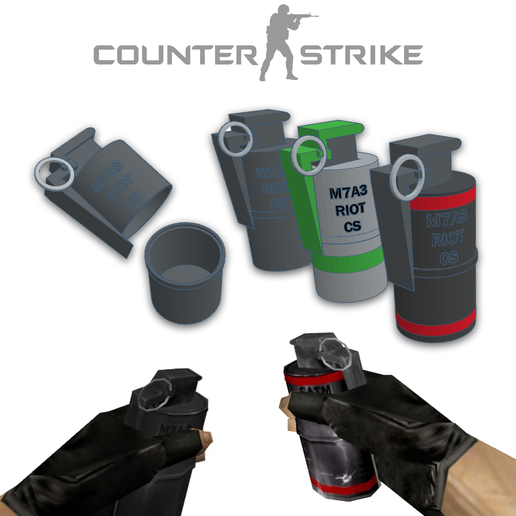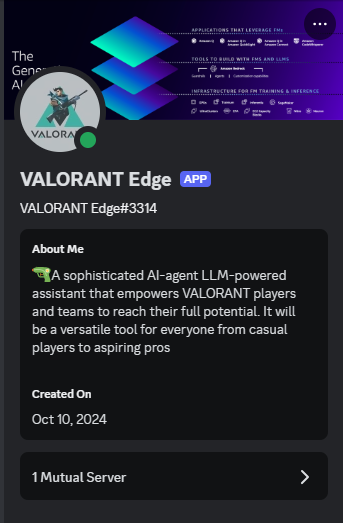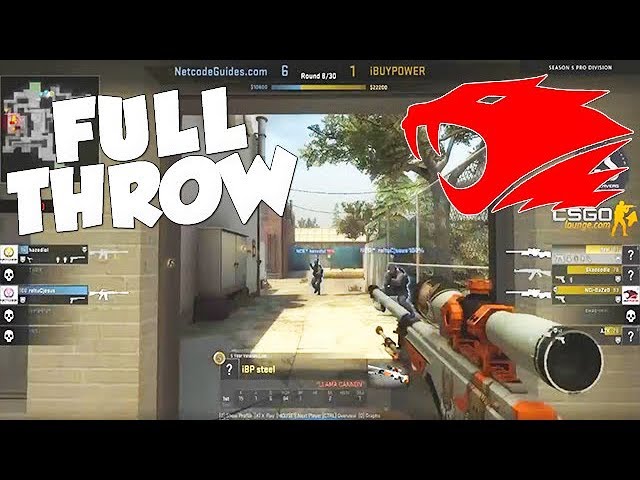Another One Bites the Dust?

The recent allegations surrounding the ESL Challenger League Season 47 North America match between Mythic and Take Flyte have once again cast a shadow over the Tier-2 Counter-Strike: Global Offensive scene. While the specifics are still under scrutiny, the accusation of intentional throwing, however minor it may seem to some, highlights a persistent and deeply troubling issue: the lack of consistent competitive standards and the potential for corruption at levels below the bright lights of the premier leagues. As someone who's been around the competitive Counter-Strike block a few times, from the gritty trenches of 1.6 to a brief and ultimately frustrating stint coaching in early CS:GO, this latest incident feels less like a surprise and more like a disheartening confirmation of my long-held concerns.
The Mythic vs. Take Flyte Controversy: What Happened?
While details are still emerging, the core of the controversy revolves around accusations that Mythic intentionally underperformed in their match against Take Flyte. These allegations have sparked a wave of discussion within the CS:GO community, with many questioning the team's motives and the overall integrity of the match. Whether driven by betting interests, personal grudges, or some other unseen factor, the potential for match manipulation raises serious questions about the competitive fairness of the ESL Challenger League.
The Implications for Tier-2 CS:GO
The real danger here isn't necessarily the outcome of one particular match. Instead, the concern is the eroding trust in the competitive integrity of the Tier-2 scene. This level of competition is a crucial breeding ground for future talent. It's where aspiring pros hone their skills, gain experience, and prove themselves worthy of moving up the ranks. If the scene is perceived as being rife with questionable practices, it discourages genuine talent, scares off potential sponsors, and ultimately diminishes the overall health of the CS:GO ecosystem. No one wants to invest in a scene where the results feel predetermined.
A Blast from the Past: ScreaMwannabe and the Power of Community
Back in the CS 1.6 days, things felt...different. I remember a CAL-M match where we faced a team with a player we'll call "ScreaMwannabe." This guy was blatantly cheating – wallhacking, aimlocking, the whole nine yards. After the match, a member of our team meticulously compiled video evidence, highlighting every suspicious movement and impossible shot. The video was shared widely within the community, and the response was swift and decisive. "ScreaMwannabe" was ostracized, blacklisted from countless scrims and pick-up games. While CAL might not have been able to hand out a lifetime ban, the community effectively made it impossible for him to play competitively.

Fast forward to today, and while the tools for detection and punishment are arguably more sophisticated, the sense of community accountability seems to have waned. We see instances of match-fixing, and while investigations occur, the consequences often feel less impactful, less personal. The community outrage is there, but it often dissipates quickly, overshadowed by the next big tournament or roster shuffle.
Valve vs. ESL: Who Should Take the Lead?
The question then becomes: who bears the greater responsibility for policing the Tier-2 CS:GO scene? Should it be Valve, as the game's developer and ultimate authority, or ESL, as one of the primary tournament organizers?
In my opinion, both have a role to play, but their approaches should be different.
Valve: Valve's primary focus should be on providing the technological infrastructure to detect and prevent cheating and match-fixing. This includes developing more robust anti-cheat systems, implementing better data analysis tools to identify suspicious betting patterns, and working with third-party organizations to share information and coordinate investigations. Valve also has the power to issue permanent bans from the game itself, a punishment that carries significant weight.
ESL: ESL, on the other hand, is responsible for enforcing its own rules and regulations. This includes conducting thorough investigations into allegations of match-fixing, issuing appropriate penalties to guilty parties (including bans from ESL-sponsored events), and implementing stricter oversight measures to deter future incidents. ESL should also prioritize transparency, clearly communicating its policies and procedures to players and the community alike.

Potential Solutions: Strengthening the Foundation
So, what can be done to prevent similar incidents in the future and safeguard the integrity of the Tier-2 CS:GO scene? Here are a few potential solutions:
- Enhanced Monitoring and Detection: Both Valve and ESL need to invest in more sophisticated monitoring and detection systems. This includes analyzing betting patterns, tracking player behavior during matches, and utilizing machine learning algorithms to identify anomalies that might indicate match-fixing.
- Stricter Penalties: The consequences for match-fixing need to be severe enough to deter potential offenders. This could include lengthy bans from competitive play, forfeiture of prize money, and even legal action in some cases.
- Increased Transparency: Transparency is crucial for building trust within the community. ESL should be more transparent about its investigation processes, the evidence it collects, and the penalties it imposes. Valve should also be more open about its anti-cheat efforts and its collaboration with third-party organizations.
- Player Education: Many young players in the Tier-2 scene may not fully understand the implications of match-fixing or the potential consequences. ESL and Valve should invest in player education programs to raise awareness and promote ethical behavior.
- Community Involvement: The community itself can play a vital role in policing the Tier-2 scene. Encouraging players and fans to report suspicious activity, providing a platform for whistleblowers to come forward, and fostering a culture of accountability can help deter match-fixing and protect the integrity of the game.

My Lingering Frustration
Frankly, seeing these kinds of issues persist after all this time is incredibly frustrating. I left the coaching scene because I couldn't stomach the lack of consistent standards and the constant whispers of shady dealings. The dream was to help build a legitimate competitive environment, but it felt like fighting a losing battle. To see that the Tier-2 scene is still grappling with these problems years later is a major disappointment.
Conclusion: A Call for Action
The Mythic vs. Take Flyte controversy serves as a stark reminder that the fight for competitive integrity in CS:GO is far from over. While the incident itself may seem minor, its implications for the Tier-2 scene are significant. Valve and ESL must work together to implement more robust oversight measures, enforce stricter penalties, and foster a culture of accountability within the community. Only then can we ensure that the Tier-2 scene remains a viable breeding ground for future talent and a place where fair play reigns supreme. If not, we risk losing the very foundation upon which professional Counter-Strike is built.